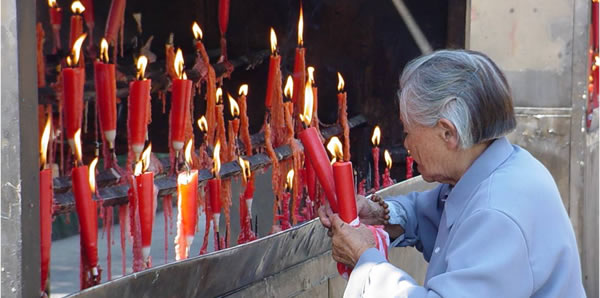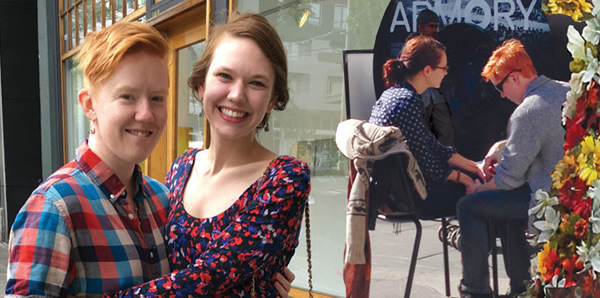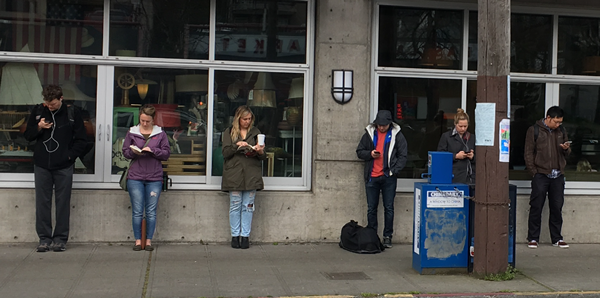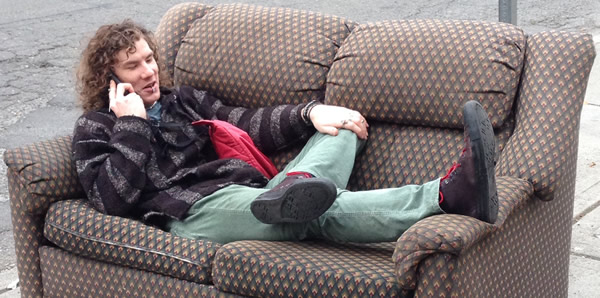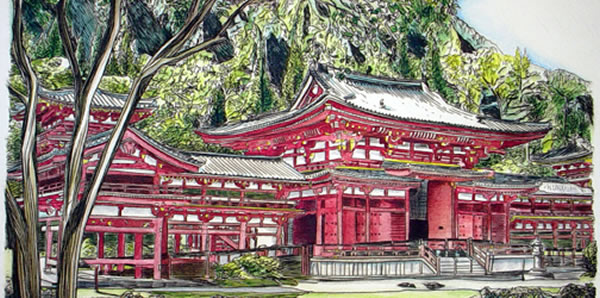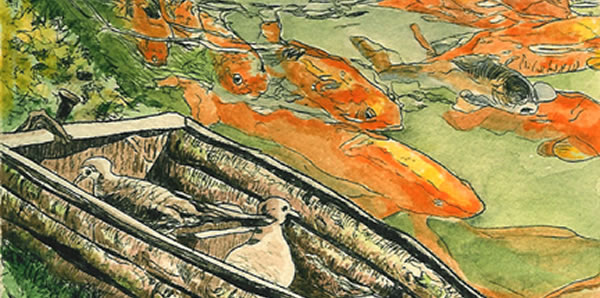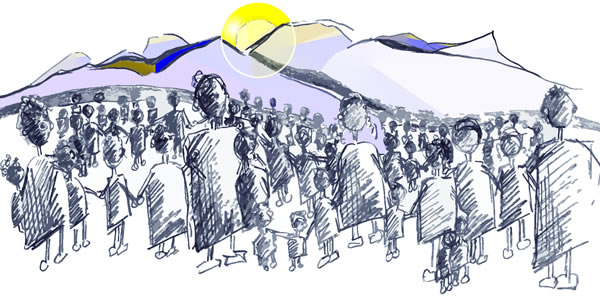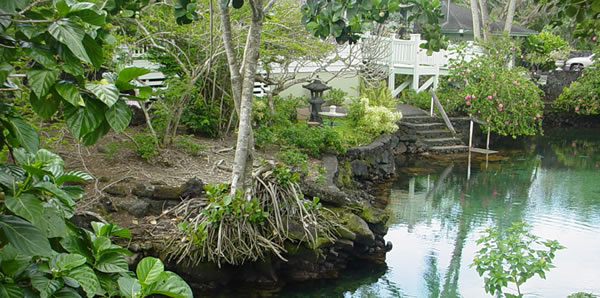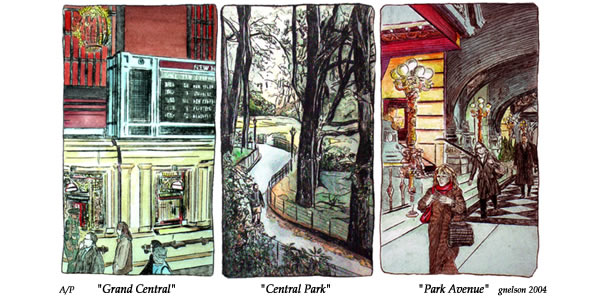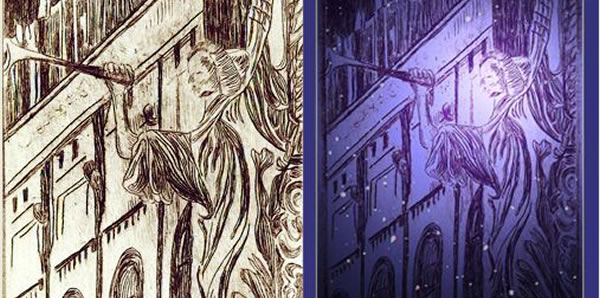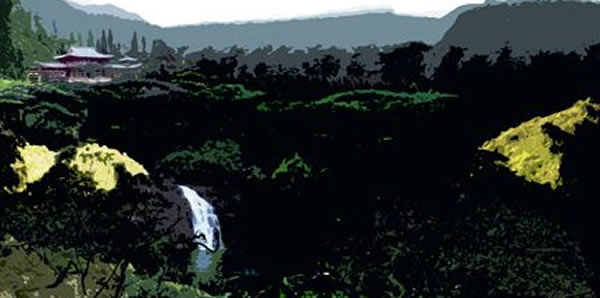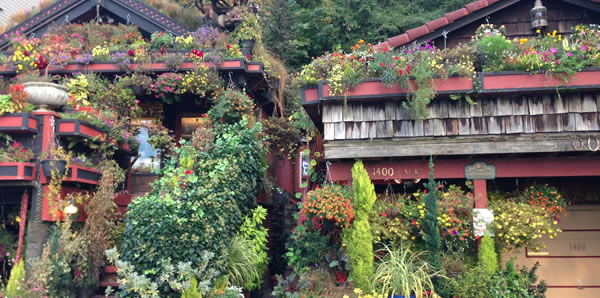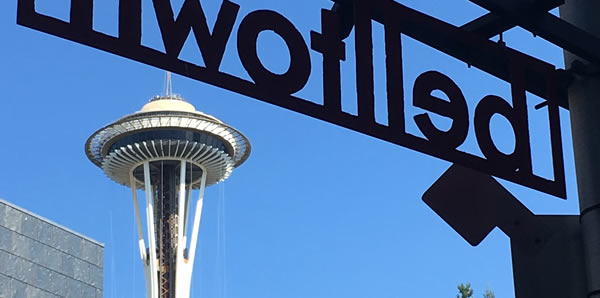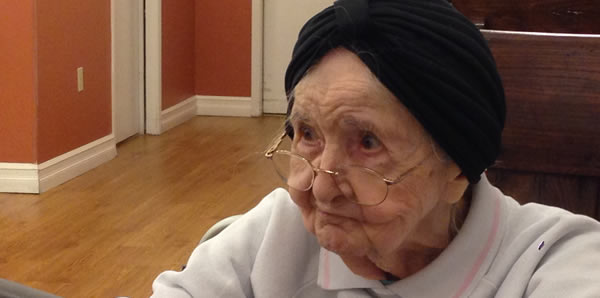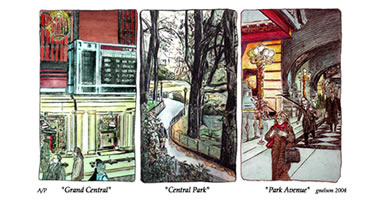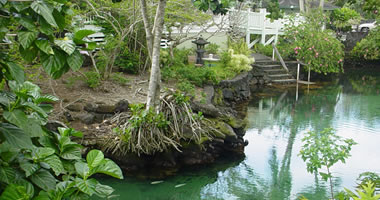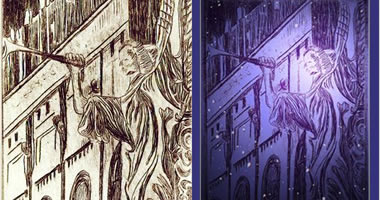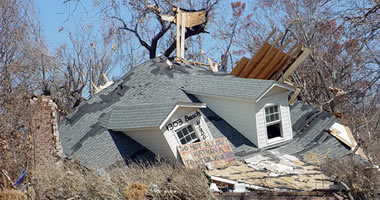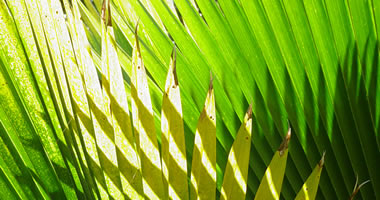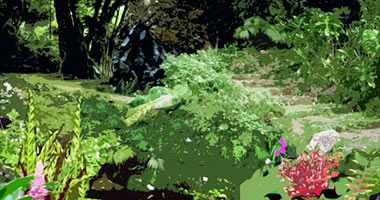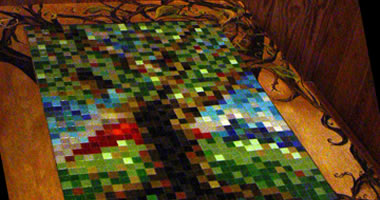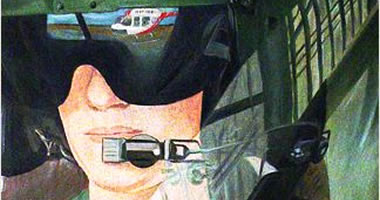WHY I LOVE PRINTMAKING, and HOW MY WORK IS DONE...
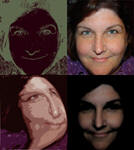 I remember waiting with my mother at International Paper for my father to finish his workday. It was the 60’s and we had one car. My brother and I would play on the outside steps, hanging on the railing upside down and not realizing how long my mother would have to linger at IP for Dad to finish his day at the presses. The smell evidently was intoxicating because it took hold of me early on and I had the printmaking fever from here on out. Later on in my teens I would work for a year at that same plant standing at the side of the press line sorting colorful labels as they came down the never-ending line. To this day I fascinate over old labels, embossed in gold, so rich in color and intricate lines on their antique ivory backgrounds smelling of days gone by. My great childhood memories are of black and white television, mostly G-rated songs, and of simpler times when it was a safer world for kids, for all of us for that matter. The uncomplicated Midwest—this is my background.
I remember waiting with my mother at International Paper for my father to finish his workday. It was the 60’s and we had one car. My brother and I would play on the outside steps, hanging on the railing upside down and not realizing how long my mother would have to linger at IP for Dad to finish his day at the presses. The smell evidently was intoxicating because it took hold of me early on and I had the printmaking fever from here on out. Later on in my teens I would work for a year at that same plant standing at the side of the press line sorting colorful labels as they came down the never-ending line. To this day I fascinate over old labels, embossed in gold, so rich in color and intricate lines on their antique ivory backgrounds smelling of days gone by. My great childhood memories are of black and white television, mostly G-rated songs, and of simpler times when it was a safer world for kids, for all of us for that matter. The uncomplicated Midwest—this is my background.
My first print: McCuskey’s Hill was a zinc-etched plate of my favorite place growing up in Illinois. My brother and I used to toboggan down this hill in the dead of winter until our hands and feet were numb from the bitter cold. This piece was submitted with others from my High School art days and won me an art scholarship to Bradley University.
Family and career took me on another path and school went by the wayside for awhile although I remained in the art world as an Art Director of Rotor & Wing Magazine and Art Director for Ad Planner group at Multi-Ad Services, both in Peoria, Illinois.
The minute I walked into the Printmaking Room in college, I knew I was home. The smell of the etching ink (far superior and richer smelling than oils or the mundane acrylics), the old brown presses, and messy tarlatan rubbing rags all beckoned me to return to this world of printmaking. My Senior Body of Work led to a museum showing of my prints at the Wiregrass Museum of Art in Dothan, Alabama. Ironically, my art studio had burned to the ground just a few weeks before the museum show, and I lost years of treasured artwork, my children’s portraits, and original oils and acrylics. Fortunately the university had required copies of all of my prints which they returned to me after the fire, making the museum show still possible. This is the beauty of printmaking and multiples.
After being accepted into the Syracuse ISDP MA Illustration Program, I was refreshingly submerged in the creative world again. Knowing faculty guided me to focus on printmaking. Although I had started out in oils, acrylics, and even digital media, printmaking is my heart, soul, and spirit, and will remain an essential part of my life.
My work expresses an ongoing fascination with the beauty of wonderfully diverse cities and unique places. From New York City and the Hawaiian Islands to whimsical fairy tale places and fables retold, I have pulled prints of what I love best--structure and beauty, and fables retold. My work reflects an old-world flavor in a modern day setting. From concept to finished print, the creative process involves rediscovering line, texture, color, and composition. My artistic creations reflect my heart, soul, and spirit.
http://www.nelsonillustration.com/student_creations.htm
Recently I have traveled to Haiti. My illustrations in the little book “My Name is EzelL” were inspired and…
HOW MY ART IS DONE… Step-By-Step
 |
 |
 |
 |
1) After conferring with the writer on what was needed for the commissioned book illustrations, I photographed numerous images for action reference. The original digital photo is always flipped horizontally in printmaking (with the exception of serigraphy). |
2) The image is then scanned to PhotoShop and edited to enhance the composition. Here I added leaves, more trees, animals, an outhouse and jar, and turned the day into night.
|
3) This step is my favorite part of the printmaking process—engraving the Lexan plate with my scribing tool. The plate is then inked, the paper prepared, and the prints are pulled on the press. |
4) After the prints are pulled, I colorize them with acrylics or watercolors. I prefer watercolor as it lifts out easier and allows the print to shine through. The oil-based engraving ink repels the water-based color and the watercolor works well on the Arches Cover paper. |
